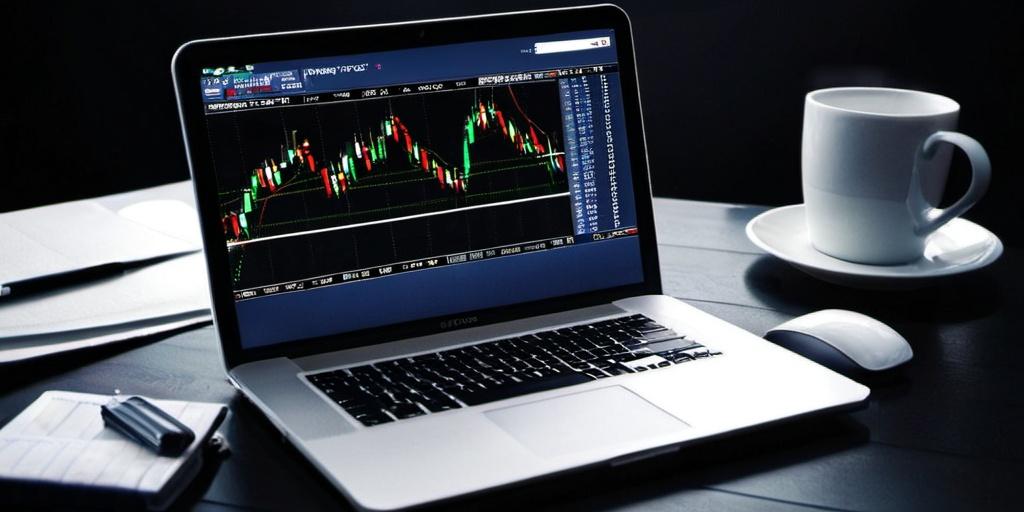Understanding the Foreign Exchange Market
Forex trading, also known as foreign exchange trading or currency trading, involves the buying and selling of currencies with the aim of making a profit from fluctuations in exchange rates. It is one of the largest and most liquid financial markets globally, with daily trading volumes exceeding seven trillion dollars. Unlike stock markets that are tied to a central exchange, forex operates as an over-the-counter market, running 24 hours a day across major financial centers including London, New York, Tokyo, and Sydney.
Participants in this market include banks, hedge funds, central banks, corporations, and retail traders. While institutional participants dominate the volume, the retail segment has grown rapidly due to the rise of online trading platforms and brokers offering access to individual traders with relatively small amounts of capital.

Currency Pairs and Market Structure
Forex trading is conducted in pairs. Each pair consists of a base currency and a quote currency. For example, in EUR/USD, the euro is the base currency and the U.S. dollar is the quote currency. When a trader buys EUR/USD, they are essentially buying euros and selling dollars, anticipating that the euro will appreciate relative to the dollar.
The market is structured into three main categories of currency pairs: majors, minors, and exotics. Major pairs involve the most traded currencies, such as EUR/USD, USD/JPY, and GBP/USD. Minor pairs are less frequently traded combinations of major currencies, and exotic pairs involve one major currency paired with a less liquid or emerging market currency.
Prices in forex are affected by a wide range of factors, including interest rates, economic data, geopolitical events, and overall market sentiment. Since currencies trade in relative value, any change in one country’s monetary policy or economic outlook can impact multiple currency pairs at once.
Leverage and Risk Exposure
One of the defining features of forex trading is the use of leverage. Brokers allow traders to control larger positions than their actual capital would allow by offering leverage ratios—often ranging from 1:10 to 1:500, depending on the jurisdiction and the broker. While leverage can magnify profits, it also significantly increases risk. A small adverse movement in price can lead to substantial losses, particularly when trading with high leverage.
Proper risk management, including the use of stop-loss orders, position sizing, and limiting overall exposure, is essential in leveraged environments. Regulatory authorities in many regions have moved to restrict maximum leverage offered to retail clients to help reduce the likelihood of excessive losses.
Role of Brokers in Forex Trading
Forex brokers provide the trading platforms and market access required for individual and institutional traders to participate in the market. They may operate under different models, including market maker, STP (Straight Through Processing), or ECN (Electronic Communication Network). Each model affects how trades are executed and how prices are quoted.
Traders should evaluate brokers based on factors such as regulation, order execution speed, transaction costs (including spreads and commissions), available currency pairs, deposit and withdrawal options, and customer service. Platform stability and user interface are also critical, especially for traders who rely on rapid execution or automated trading strategies.
A reliable broker like HamiltonFX provides access to competitive spreads, institutional-grade liquidity, and secure trading infrastructure. Brokers of this caliber generally operate under clear regulatory frameworks and emphasize transparency in pricing, execution, and account management.
Technical and Fundamental Analysis
Forex traders typically rely on two primary forms of analysis: technical and fundamental. Technical analysis involves studying historical price charts and using indicators to identify potential entry and exit points. Tools such as moving averages, support and resistance levels, MACD, RSI, and Fibonacci retracement are common in this approach.
Fundamental analysis, on the other hand, focuses on macroeconomic indicators such as interest rate decisions, GDP growth, inflation figures, employment data, and political developments. Central bank meetings and statements—particularly from the U.S. Federal Reserve, European Central Bank, and Bank of Japan—can significantly impact currency valuations.
Many traders use a combination of both approaches, aligning chart-based strategies with broader economic context. However, neither method guarantees success, and markets can move unpredictably, especially during low liquidity periods or following unexpected news.
Trading Platforms and Tools
Most forex trading is conducted through online platforms, such as MetaTrader 4, MetaTrader 5, or proprietary platforms offered by brokers. These platforms allow traders to execute orders, manage positions, monitor real-time prices, and apply automated trading strategies through Expert Advisors (EAs).
Charting functionality, speed of execution, and mobile accessibility are common points of comparison between platforms. Some brokers also offer additional tools like economic calendars, news feeds, trading signals, and integrated risk management dashboards.
Execution speed and server reliability are particularly important for active traders or those using short-term strategies such as scalping. Slippage and order delays can affect profitability, especially during volatile market conditions or major news events.
Regulation and Market Integrity
Because forex is a decentralized market, regulation plays a critical role in protecting retail traders. Regulatory bodies such as the FCA (UK), ASIC (Australia), CySEC (Cyprus), and CMA (Kenya) establish guidelines that brokers must follow regarding capital requirements, client fund segregation, trade execution transparency, and advertising standards.
Unregulated or offshore brokers can expose traders to greater risk, including poor execution, withdrawal delays, or outright fraud. It is always advisable to verify a broker’s regulatory status and avoid platforms that offer unusually high leverage or unrealistic return guarantees.
Considerations Before Starting
Forex trading requires more than just access to a platform. Traders need a basic understanding of economic indicators, financial markets, and how leverage works. Emotional discipline, patience, and risk control are also essential. Unlike long-term investing, forex trading often involves short time horizons and rapid decision-making.
Starting with a demo account can help traders understand platform features and test strategies without real money. Once comfortable, moving to a live account with modest capital allows for more realistic experience while still managing exposure. Tracking performance and adjusting strategies over time is necessary for long-term success.
